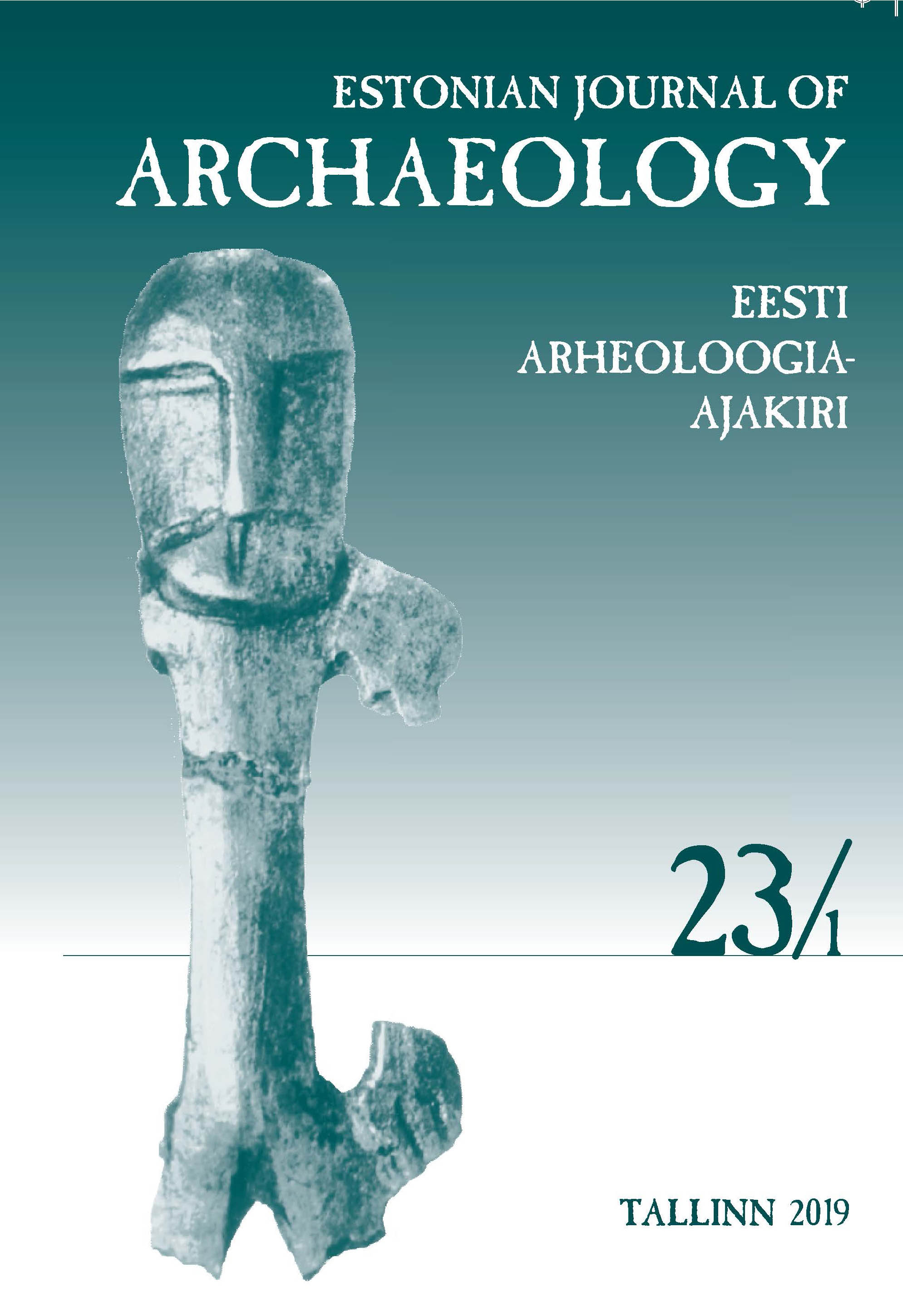MICROSCOPIC AND SPECTROSCOPIC STUDIES OF POTTERY FOUND IN THE PRAGUE GROSCHEN HOARD FROM THE AREA OF WAŁBRZYCH – CONFIRMING COMPATIBILITY BETWEEN THE CERAMIC VESSELS AND THE COINS
MICROSCOPIC AND SPECTROSCOPIC STUDIES OF POTTERY FOUND IN THE PRAGUE GROSCHEN HOARD FROM THE AREA OF WAŁBRZYCH – CONFIRMING COMPATIBILITY BETWEEN THE CERAMIC VESSELS AND THE COINS
Author(s): Beata Miazga, Paweł Milejski, Sylwia Rodak, Alicja Rafalska-Łasocha, Marta Grzesiak-NowakSubject(s): Archaeology, Cultural history, Cultural Anthropology / Ethnology
Published by: Teaduste Akadeemia Kirjastus
Summary/Abstract: The initial classification of numismatic finds consists mainly in determining whether they were single finds, hoards or cumulative deposits. In the course of the last few decades the availability of metal detectors increased significantly, and more and more hoards are found by amateurs. In such situations, especially when hoards include coins, one must be very careful and all possibilities must be thoroughly considered. In such situations suitable research techniques must be employed in order to verify the genuineness of the artefacts, the coins and the containers in which they were deposited. The available research methods must be utilized to determine whether the size of the vessel matched the number of the coins recorded, if there were any coin traces inside of the vessels in which they had allegedly been deposited and if matching patina/corrosion traces occur both on the coins and in the vessels. This investigation was realized for the hoard of Prague groschen recorded in the vicinity of Wałbrzych (Lower Silesian province, Poland), which was accidentally found. For this purpose, the non-destructive methods were applied, including the infrared spectroscopy (FT-IR), X-ray diffraction and fluorescence (XRD, XRF) and microscopic studies (OM).
Journal: Eesti Arheoloogia Ajakiri
- Issue Year: 23/2019
- Issue No: 1
- Page Range: 56-72
- Page Count: 17
- Language: English

